
DESIGN: Qantas designer launches ‘Modolo’ seat design Woolmark collab
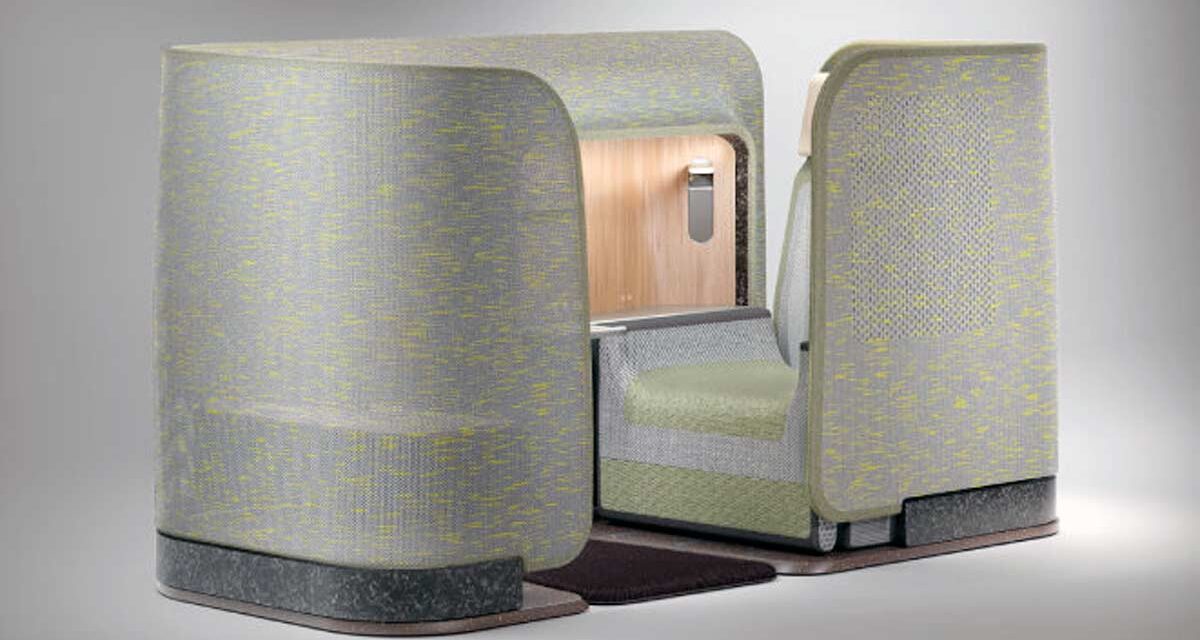
David Caon, the chief designer at Qantas has been working on a side project, and not for Qantas. He and his office have been working on an aircraft seat design which abandons many solid surfaces for a changeable 3D woven wool cover over a frame. The wool fabric is tactile and semi-transparent.
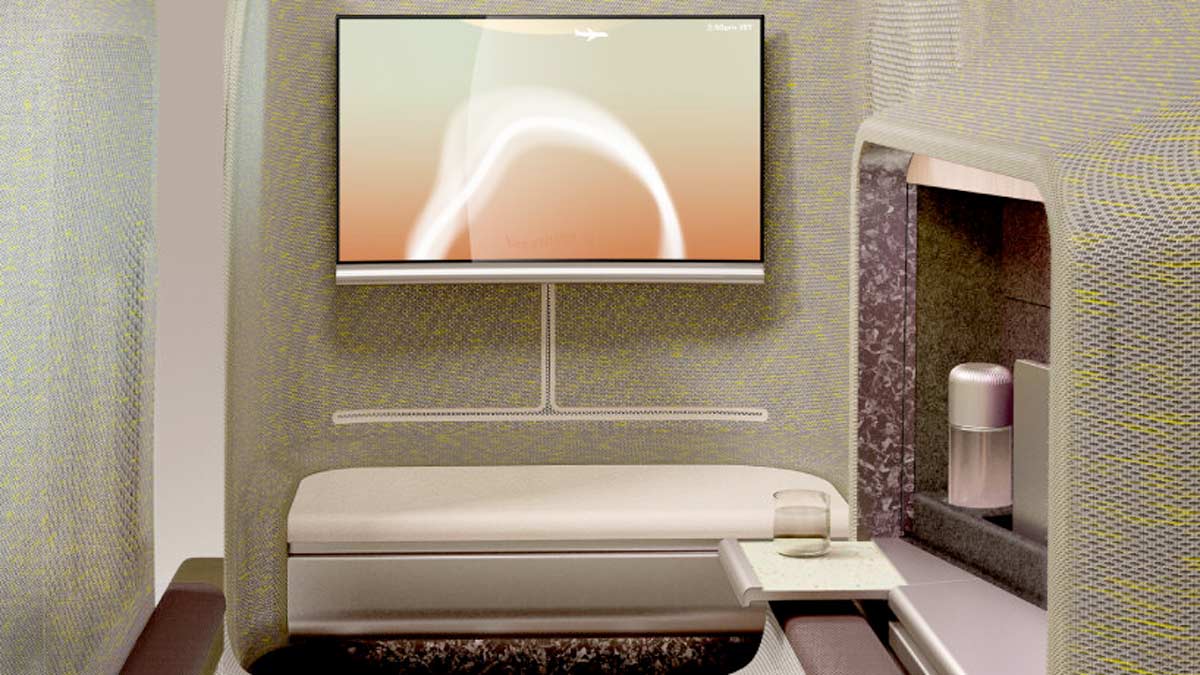
The seat structure supports its fabric membrane using a combination of titanium, aluminium, and carbon fibre, all light materials suitable for inclusion in aircraft interior design. Although the fabric is wool-based, it contains a blend of carbon and elastic polymers to avoid the use of traditional foam in the seat of the suite.
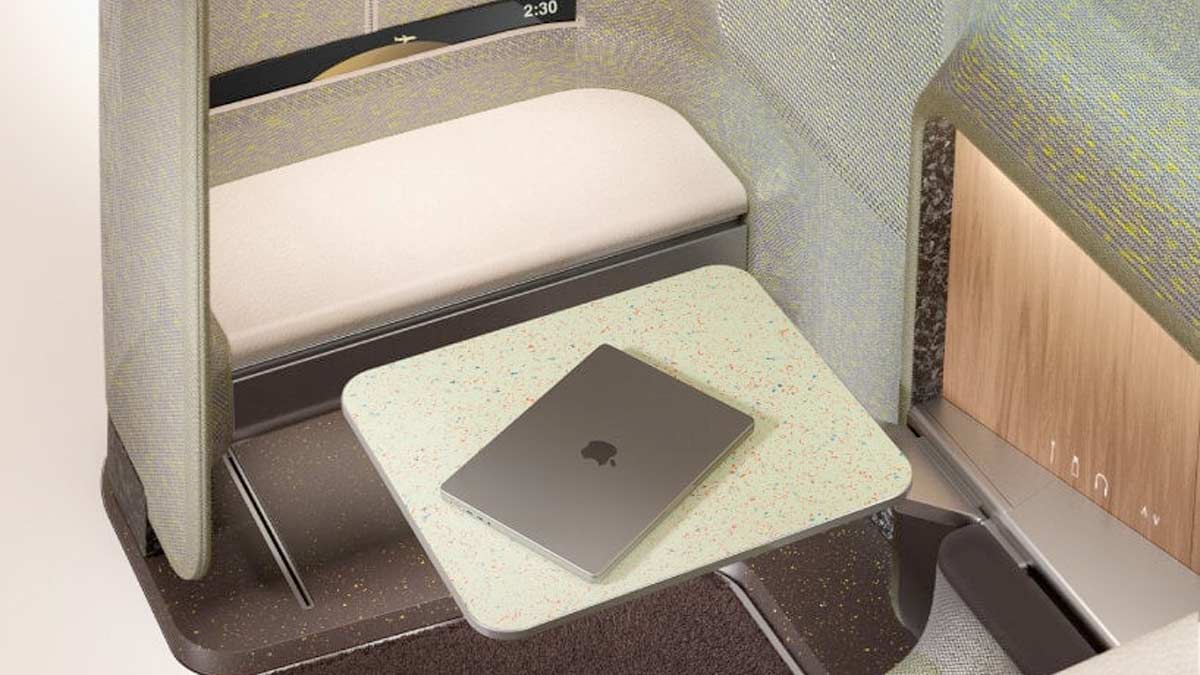
The examples shown here, in the Instagram post, and in the DesignBoom coverage look like enclosed premium cabin designs, either for First or Business Class, but the Caon Design Office says that the concept is suitable for any class of seat.
The exampled design concept features a ‘buddy’ seat which also contains an under seat storage area.
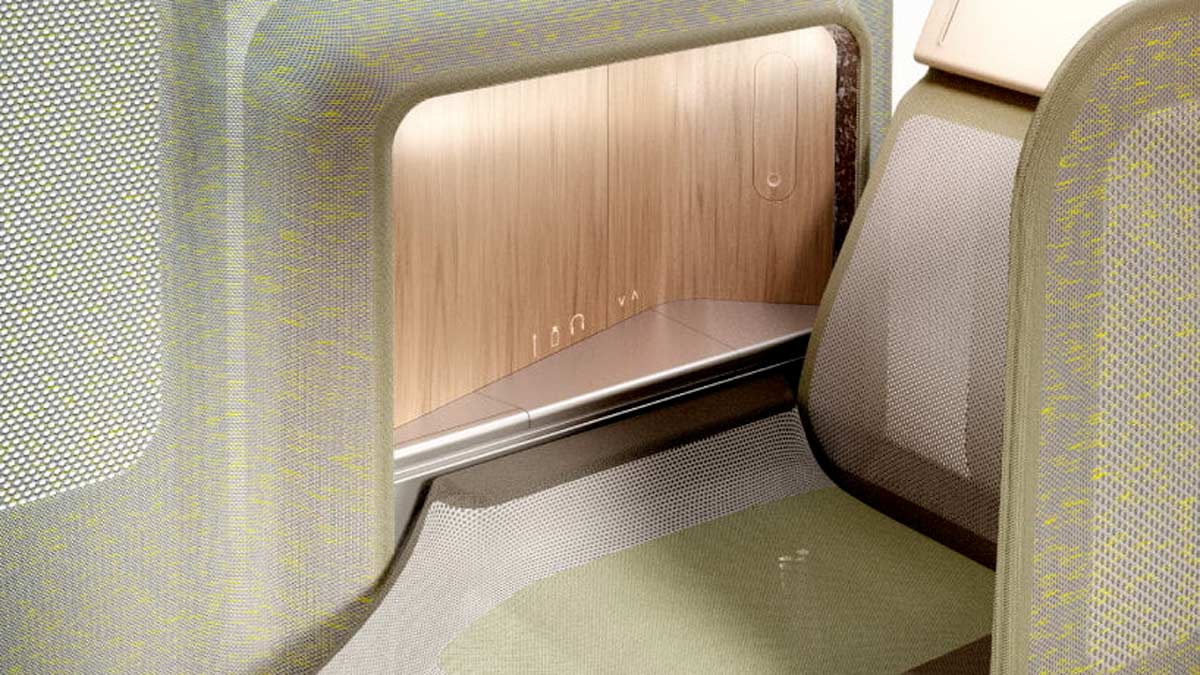
Seat concepts are about a dime a dozen in the airline industry, with the entire Crystal Cabins awards competition devoted to them. Very few designs actually go into manufacture, and even fewer end up on aircraft.
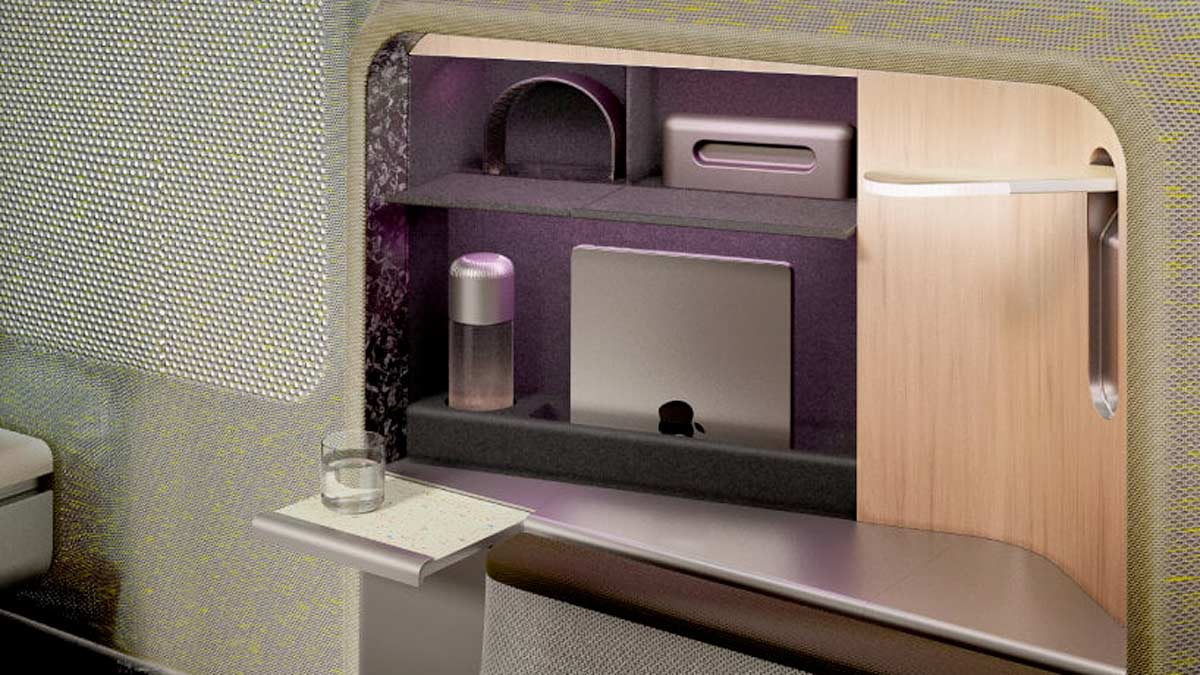
Why this one is interesting
The innovation here is the lack of a hard shell, typical of premium cabins. I would presume that eliminating this also eliminates significant weight, an important factor when calculating fuel efficiencies on aircraft. The only downside of this current implementation is the translucency of the fabric that does not provide the privacy of current doored suites, especially with any in suite lighting.
Instead of using standard foam in the seat, this design integrates cabon fibres and elastic polymers into the Merino wool membrane.
You can also change out the fabric forming the surround of the seat. You could change it because the aircraft is leased by another airline, or just to reflect the seasons, or, I don’t know, at the whim of the cabin crew! The design incorporates a quick release mechanism to facilitate the change.
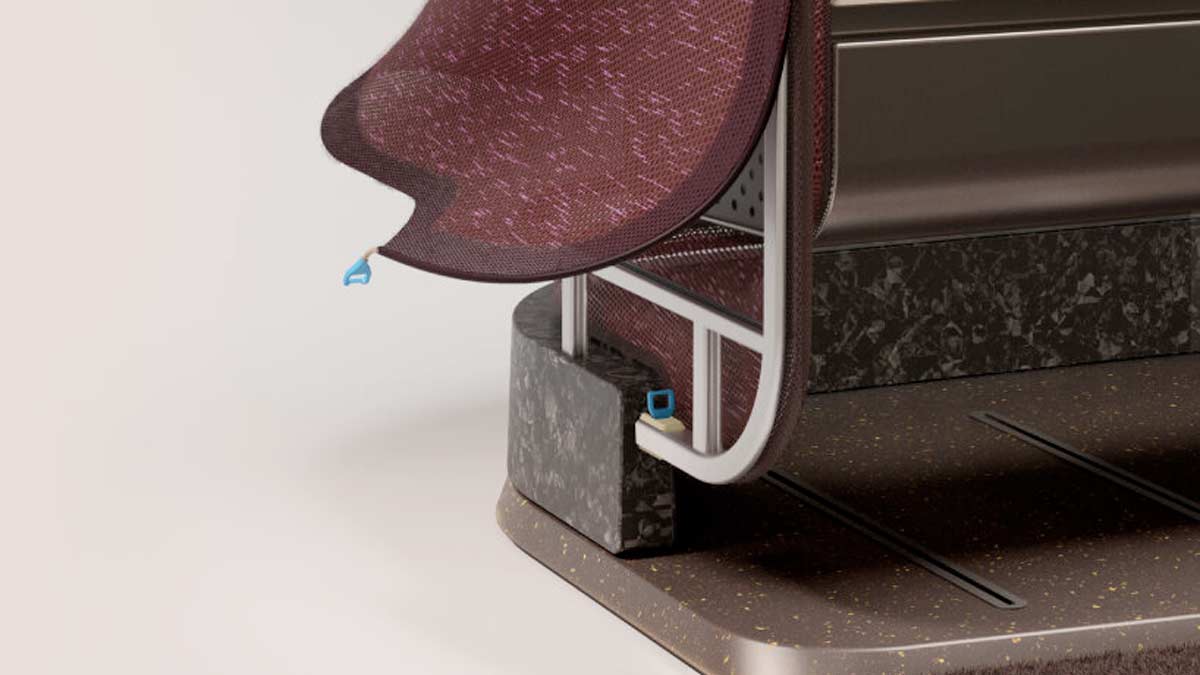
Why this seat will never get made
The Modulo seating system is just a concept aircraft seat design. There is all sorts of high-falutin talk of in seat sensors woven into the fabric to tell you when you have been sitting too long to combat deep vein thrombosis bla bla blah, making this seat very pie in the sky. The Caon Design Office admits that the seat needs a lot of further research.
On a more reasonable note, new concepts such as this are complex beasts. As well as deploying innovative designs, materials, there are also the practicalities of manufacture, installation, certification for installation on an aircraft. And it doesn’t end there. Then you have to convince the airline manufacturers to offer it as an option, and convince airlines to buy it.
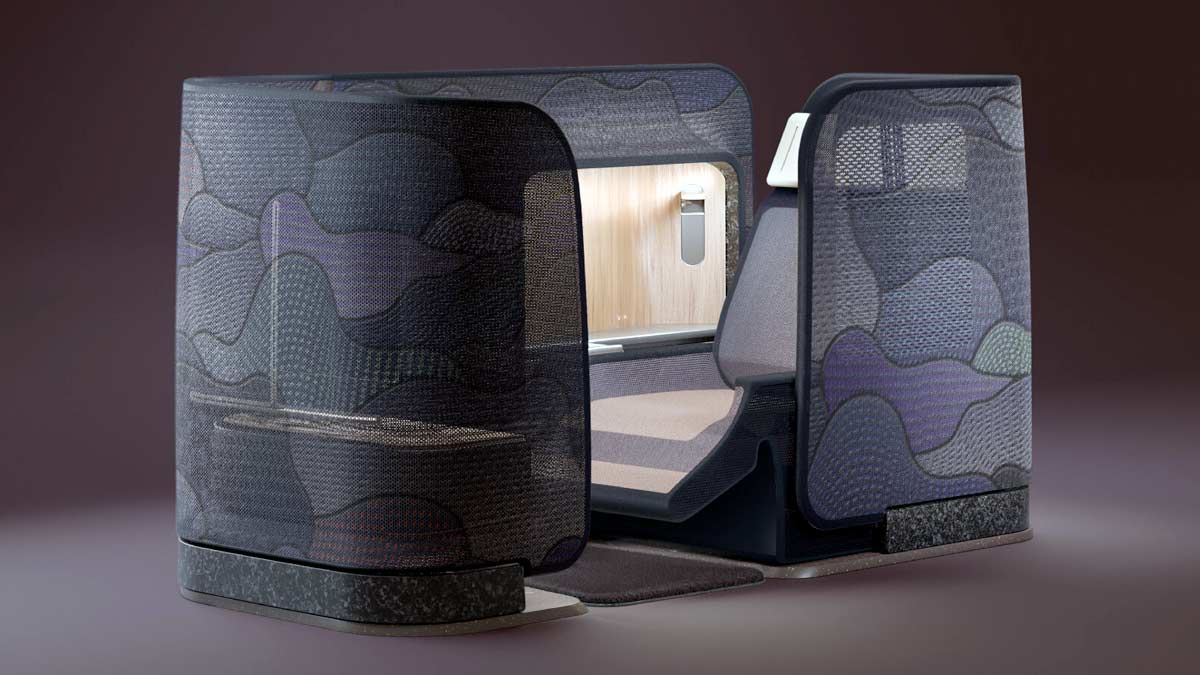
2PAXfly Takeout
I love these concept designs, even though most of them never materialise in real life. They show that there is an array of intelect and talent going into the thinking behind our airlines seating products. It’s not just engineers and airline execs who think about this stuff. Actual designers apply themsleves to these challenges.
I’m sceptical about this seat going into production, but am confident that some of the thinking will emerge in real life aircraft seat design. Maybe it will be some of the innovation of the fabric. Maybe it will be the fabric-over-frame concept that will bear fruit. Who knows.


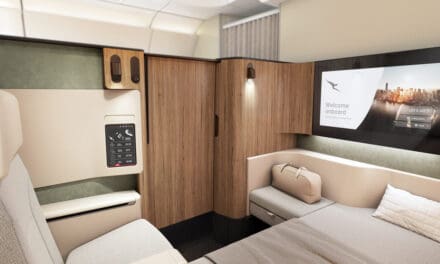


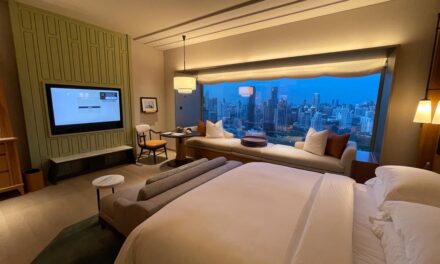
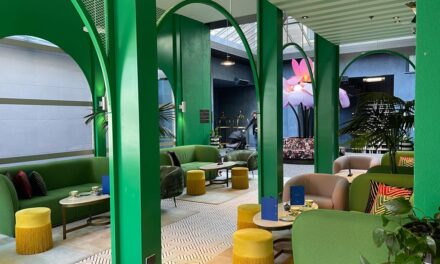

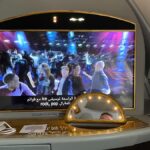
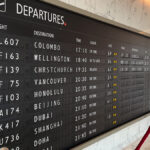

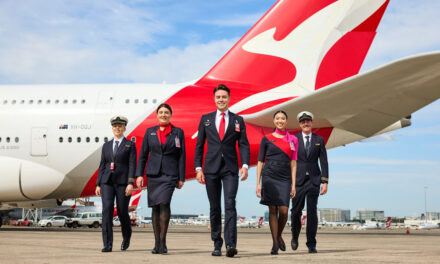
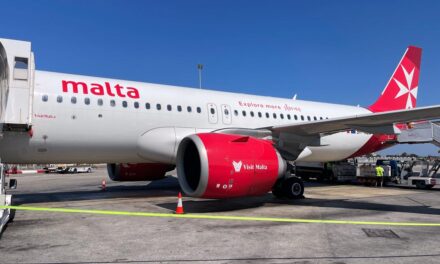
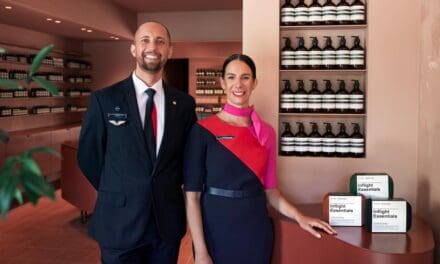
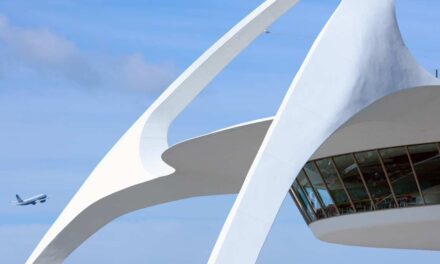

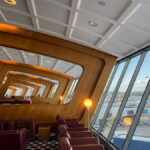


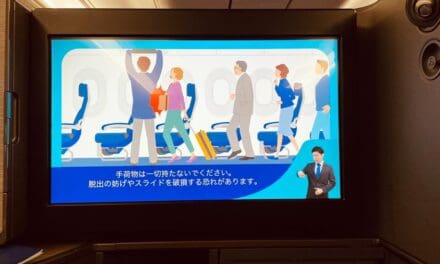

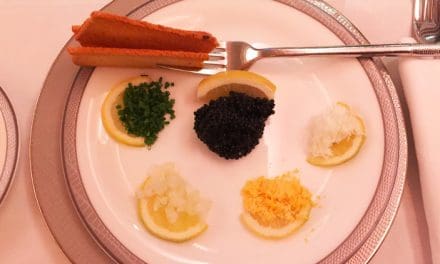
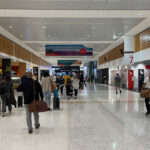

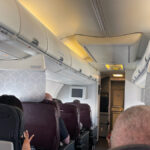

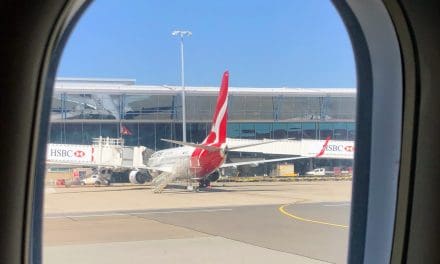





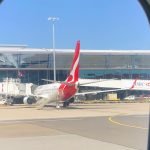

What did you say?